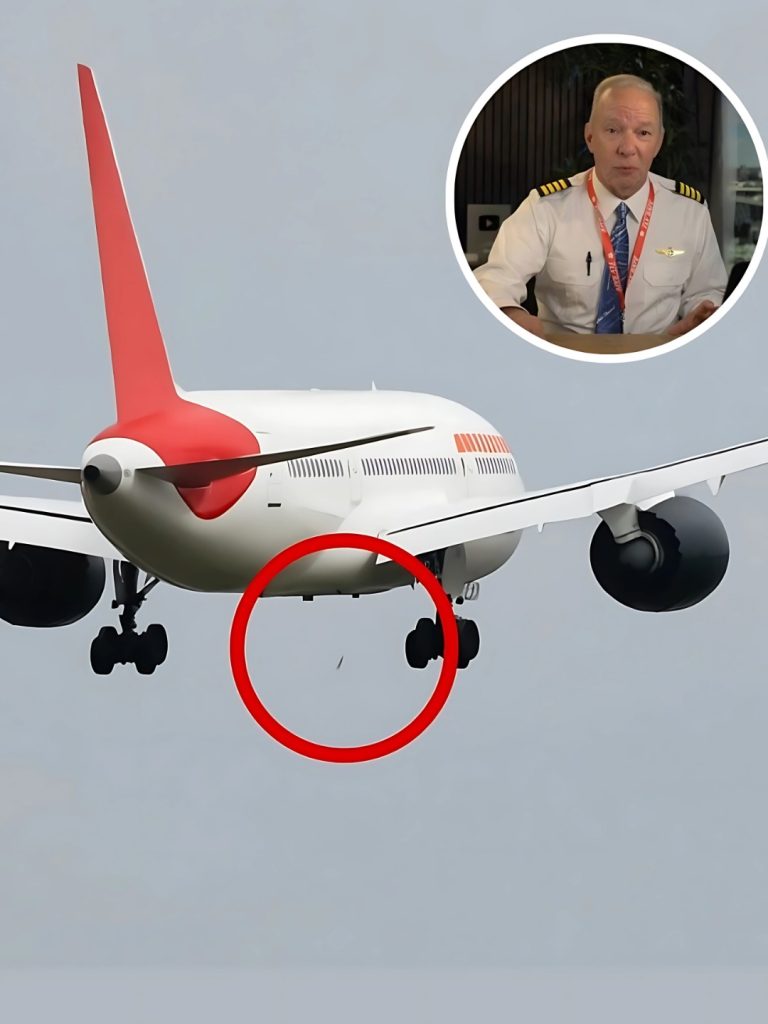
In a startling revelation that has sent shockwaves across the aviation industry, investigators have identified a malfunctioning pilot seat as the primary cause behind a recent Air India aircraft incident. The findings emerged after weeks of intense scrutiny, flight data analysis, and cockpit voice recordings following the mid-air emergency that could have resulted in catastrophic consequences.
The aircraft, a wide-body jet en route to its destination, encountered a sudden and dangerous loss of control shortly after takeoff. Although the plane was ultimately brought to safety and all passengers were unharmed, the near-tragic event raised serious questions about cockpit safety protocols and equipment reliability.
The Incident: A Mid-Air Emergency
On the day of the incident, eyewitnesses on the ground captured images showing an unusual object falling from the underside of the aircraft shortly after takeoff. This triggered speculation online, with many assuming it was related to landing gear or cargo. However, aviation authorities later clarified that the object was unrelated to any mechanical failure—rather, it was a consequence of the internal struggle that occurred in the cockpit.
According to official sources from the Directorate General of Civil Aviation (DGCA), the pilot’s seat had unexpectedly shifted backward during a crucial maneuver, causing the captain to lose temporary control of the aircraft. The sudden recline and backward slide of the seat disengaged the pilot’s grip from the control column and partially dislodged foot placement from the rudder pedals—both critical during the takeoff and initial climb phase.
Pilot’s Statement and Investigative Findings
In a formal statement, the pilot in command, whose calm under pressure helped avoid a major disaster, described the moment as “one of sheer panic and disbelief.” He said:
“I was applying steady climb input when suddenly the seat gave way and slid back. It caught me completely off guard. I managed to regain my position and control, but it was a terrifying moment.”
The investigation concluded that the seat’s locking mechanism had worn out, failing to secure the pilot’s position despite routine pre-flight checks. Maintenance logs showed that the seat had been reported for minor stiffness in previous months but was not flagged as a high-priority concern. This oversight has now raised serious concerns about maintenance prioritization and cockpit equipment inspections across the aviation sector.
Safety Overhaul Urged
In light of this revelation, the DGCA has issued an emergency directive for all Indian carriers to immediately inspect cockpit seating systems in every operational aircraft. International aviation bodies, including IATA and ICAO, are also reviewing similar risks in global fleets.
Experts say that while cockpit seats may seem like a minor component compared to engines or avionics, they are, in fact, a critical element of flight safety.
“A pilot’s ability to control the aircraft depends on precise physical positioning and posture,” said Captain Raj Malhotra, a senior aviation safety analyst. “If a seat fails, even momentarily, it can lead to dangerous misinputs or loss of situational awareness.”
Public and Industry Reaction
Air India, now under the Tata Group’s ownership, has acknowledged the incident and pledged full cooperation with ongoing investigations. The airline has also begun retrofitting older aircraft with upgraded seating systems and reinforced locking mechanisms.
Public reaction has been mixed—relief that no lives were lost, but growing concern over the reliability of aircraft components and pre-flight checks.
Social media has lit up with questions from travelers about cockpit safety standards and airline accountability. While most industry insiders have reassured passengers that this was a rare and isolated event, the incident serves as a stark reminder of how even small mechanical failures can have dramatic consequences in aviation.
Looking Ahead
As investigations wrap up, regulators are expected to impose stricter checks on cockpit ergonomics and encourage manufacturers to improve seat durability. Meanwhile, Air India has promised greater transparency and a renewed focus on safety-first culture throughout its operations.
The incident is being hailed not only as a lesson in equipment reliability but also as a testament to pilot skill and professionalism. Had the pilot not responded swiftly and effectively, the outcome could have been far worse.
This event now joins a growing list of unusual yet serious in-flight incidents that highlight the complex, interconnected systems that keep aircraft safe—and the critical role of every last component, no matter how small.
